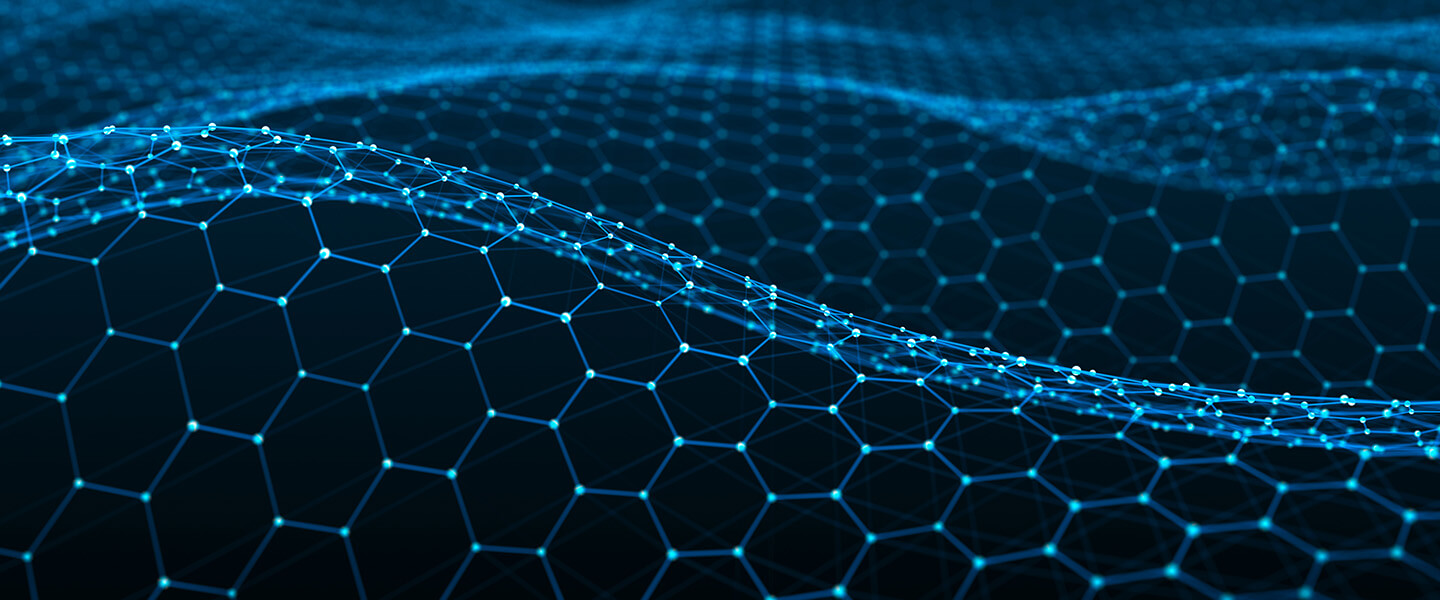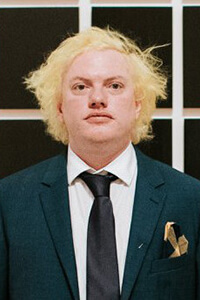Accelerated Brain Stimulation Therapy Achieves Large Symptom Reduction in Treatment-Resistant Bipolar Depression Patients
Accelerated Brain Stimulation Therapy Achieves Large Symptom Reduction in Treatment-Resistant Bipolar Depression Patients

Researchers led by a BBRF Scientific Council member report success in a preliminary test of a short-course, rapid-acting form of brain stimulation for treatment of people suffering from bipolar depression that has not responded to prior therapies.
The team was led by Yvette Sheline, M.D., of the University of Pennsylvania. In addition to being on BBRF’s Scientific Council, Dr. Sheline has received three BBRF grants: as an Independent Investigator in 2005 and 2002, and a Young Investigator in 1998. Also playing an important role in the research was Nicholas L. Balderston, Ph.D., also of the University of Pennsylvania and winner of BBRF’s Klerman Prize for Exceptional Clinical Research in 2021 and recipient of BBRF Young Investigator grants in 2021 and 2018. The team has published the results of their small clinical trial in JAMA Psychiatry.
People with bipolar disorder experience both high and low moods, although in a vast array of intensities and patterns. The National Institute of Mental Health says that the disorder “causes unusual shifts in a person’s mood, energy, activity levels, and concentration,” which can make it difficult to carry out day-to-day tasks. It can be hard to diagnose: often, someone who will eventually be diagnosed with bipolar disorder first experiences a major depressive episode. But those with a bipolar disorder diagnosis also experience, at least once, and in many cases repeatedly, episodes of mania or hypomania—markedly “up,” elated, irritable, or energized behavior. These symptoms are less intense in hypomania than in mania, but just as serious, as they can impair an individual’s judgment and ability to function.
Although patterns can vary greatly from patient to patient, on average, bipolar disorder patients are in the “depressive phase” of the illness between 70% to 80% of the time, the research team says. A significant number do not respond satisfactorily or cannot tolerate available drug therapies, which include mood stabilizers, antidepressants, and antipsychotic medicines. For this reason, Dr. Sheline and colleagues thought of using a relatively new and rapid-acting brain stimulation therapy developed and already approved for major depression in bipolar disorder patients in the depressive phase who have a history of non-response to conventional therapies.
The therapy is called accelerated intermittent theta-burst stimulation, or aiTBS. iTBS was first developed to test whether conventional rTMS (repetitive transcranial magnetic stimulation) brain stimulation therapy for major depression could be improved upon, especially for patients in crisis who had not responded to conventional antidepressant therapies. It differs from rTMS in the speed and spacing of the electromagnetic pulses, which are delivered in shorter treatment sessions.
Rather than a 4- to 6-week course of brain stimulation sessions, each lasting as long as 38 minutes and conducted once weekly, accelerated iTBS and similar variants such as the SAINT therapy protocol tested by BBRF grantee and prize winner Nolan R. Williams, M.D. and colleagues, call for much more stimulation to be delivered in short sessions, multiple times a day over a 5-day period. Dr. Williams and colleagues reported a remission rate of 79% using SAINT in a small group of treatment-resistant major depression patients—among the results that led the FDA to approve commercialization of the concept in 2023.
Dr. Sheline and colleagues recruited 34 patients with treatment-resistant bipolar depression, 24 of whom ultimately took part in a randomized, blinded clinical trial. Divided equally among men and women, the two participant groups consisted of 12 bipolar disorder patients currently experiencing a depressive episode and who had not responded to at least two courses of standard therapy (the average was over 4 such courses). The mean age of participants was about 43; three-fourths were White. In both groups, 11 participants were diagnosed with Bipolar II disorder and 1 with Bipolar I disorder. Bipolar II disorder is defined by a distinct pattern of depressive episodes and hypomanic episodes: the hypomanic episodes are less severe than the manic episodes in bipolar I disorder.
One group received aiTBS treatments over a 5-day span. The other group received what the investigators call a “sham” version of the treatment, which is designed to look, sound, and feel just like the real thing while delivering no actual stimulation. Assessed prior to the trial, the participants had depression symptom scores that ranged from moderate to severe. They were assessed after each day of the 5-day trial, the day after it ended, and one month after that.
Importantly, every patient received a resting-state functional MRI brain scan prior to the trial. This was used to optimally target the place on the scalp where magnetic pulses and sham stimulation pulses were focused in both the “active” and sham treatment groups. Neither the patients nor treatment team knew whether active or sham treatment was being delivered. Following the practice arrived at in trials of patients with refractory major depression, the team sought to focus on a spot at which stimulation of a brain area called the dorsolateral prefrontal cortex (DLPFC) has an impact upon another brain area called the sgACC (subgenual anterior cingulate cortex).
Imaging-guided active or sham treatments were delivered to each trial participant in 10 sessions per day, separated by 1 hour each, over 5 consecutive days. Thus, each patient in the active group received 90,000 tiny magnetic pulses over the 5 days—compared with about 18,000 in typical a typical rTMS therapy course lasting a month to 6 weeks.
The individual targeting, including e-field optimized targeting, the accelerated time course and the greater amount of total stimulation were cited by the researchers in accounting for the strong result they reported: “a large antidepressant effect of active aiTBS.” Depression scores “were significantly lower” in participants who received active treatments. Prior to the trial, their average score was 30.4 on a standard symptom scale called MADRS. The day after the final treatment, the average score in the active group was only 10.5. Five of the 12 participants in the active therapy group had scores corresponding with “remission,” in contrast to none of the patients in the sham group. All of the patients in the trial had failed multiple prior courses of standard therapies.
A slight decline in depression scores in the “sham” treatment group (from 28.0 to 25.3) was attributed to the placebo effect, which is evident in virtually all treatment trials among those not receiving active therapy.
“aiTBS was more effective than sham stimulation for depressive symptom reduction in patients with treatment-resistant bipolar disorder,” the team concluded. They intend to conduct additional trials with more patients and reflecting greater diversity, to test, among other things, how long the antidepressant benefits resulting from aiTBS endure, as well as side-by-side comparisons with other forms of active treatment for depression in bipolar disorder patients.
“The short duration and high antidepressant efficacy of aiTBS present an opportunity to treat patients in acute settings where a compressed time course is necessary,” the team noted.
The research team also included Robin Cash, Ph.D., a 2020 BBRF Young Investigator.




